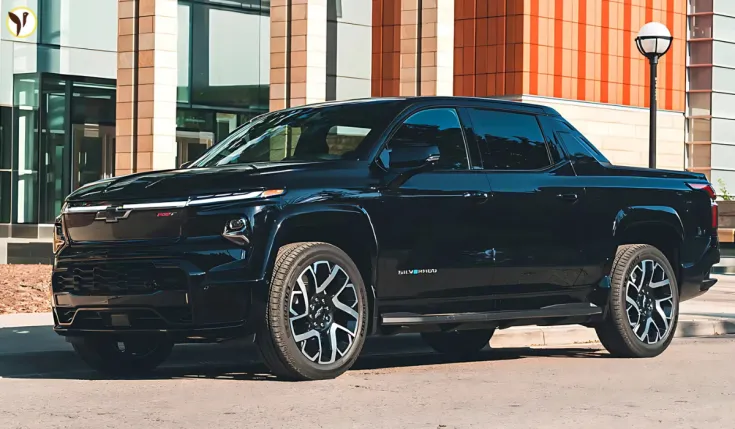Electric trucks have made significant strides in 2025, boasting impressive towing capacities on paper. However, real-world tests reveal a more nuanced picture, highlighting both the strengths and limitations of these vehicles when it comes to towing heavy loads.
Real-World Towing Tests: What Do They Reveal?
Recent tests of the GMC Sierra EV and Ford F-150 Lightning have provided valuable insights into their towing performance. The GMC Sierra EV, for instance, can tow up to 10,500 lbs while maintaining over 390 miles of range in its Extended Range variant. Its air suspension and four-wheel steering enhance towing safety and convenience, and regenerative braking reduces fatigue during long hauls.
On the other hand, the Ford F-150 Lightning, despite its 10,000 lbs towing capacity, experiences significant range reduction under load. In one test, towing a 7,218 lbs camper reduced its range to just 90 miles, highlighting the challenges of long-distance towing with current EV technology.
The Range Dilemma: Towing vs. Distance
While EV trucks offer substantial torque and towing capabilities, their range under load remains a concern. For example, the Rivian R1T can tow up to 11,000 lbs, but real-world tests show that towing heavy trailers can significantly reduce its range.
This range reduction poses challenges for those needing to tow over long distances, as frequent charging stops can be inconvenient and time-consuming.
Innovations Addressing Towing Challenges
Manufacturers are actively working to mitigate these issues. The 2025 Ram 1500 Ramcharger, for instance, combines electric motors with a gasoline generator, offering an all-electric range of 145 miles and a total range of 690 miles. This hybrid approach aims to alleviate range anxiety during towing.
Similarly, the GMC Sierra EV Denali Max Range boasts up to 460 miles on a single charge and a towing capacity of 10,500 lbs, thanks to its dual electric motors and advanced battery technology.
Source(Image / Thumbnail): caranddriver






